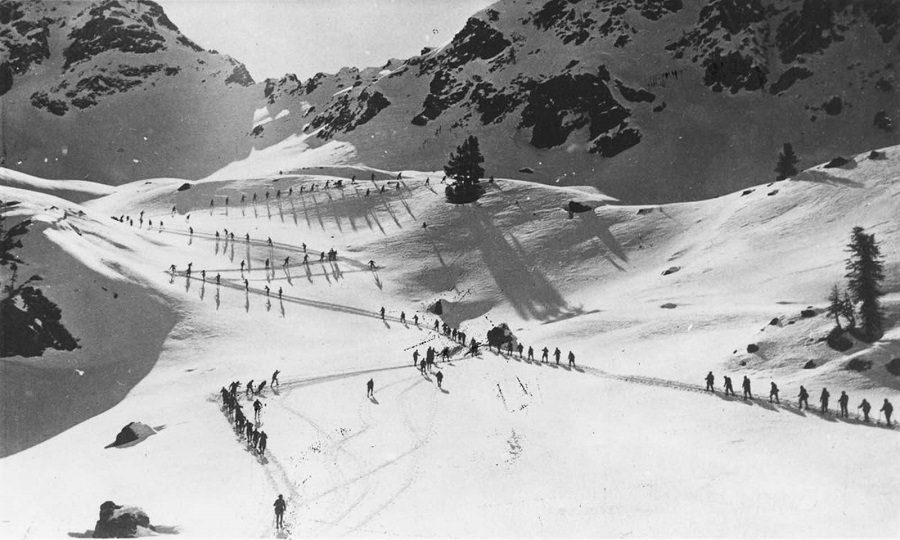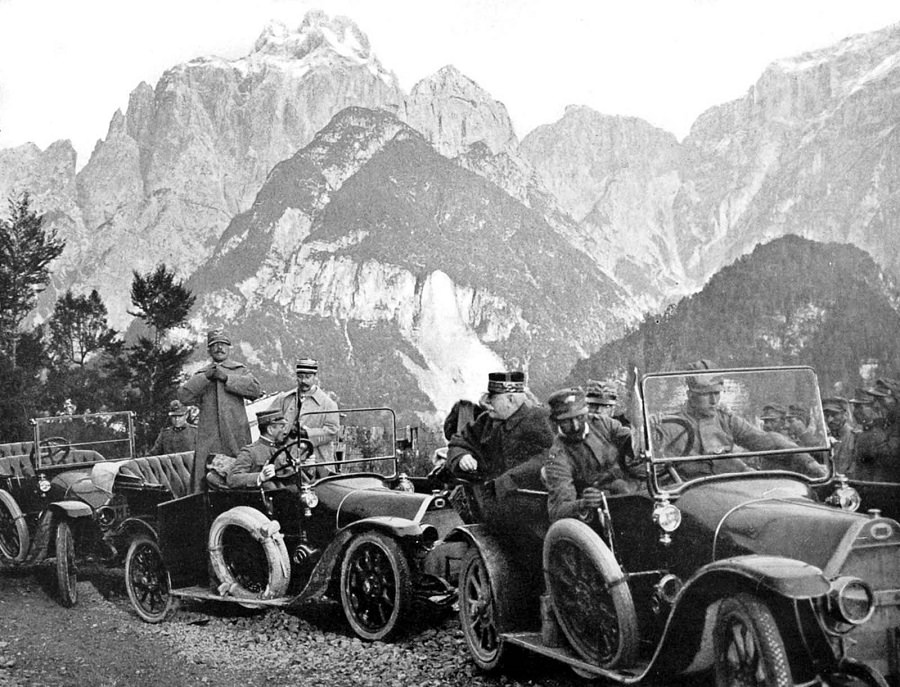In May 1915, Italy attacked Austria-Hungary to capture the territories which are believed to be rightfully Italian. Italy entered the Great War, after the secret promises made by the Allies in the Treaty of London. Unlike the larger-scale battles, this battle was dictated by the landscape of the sizable mountain range. These battles were fought between 1915 and 1918 and are known as The Italian Front or Alpine Front.
Italian troops started the invasion by marching on Austro-Hungarian positions in the Karst Plateau and the Julian Alps, hoping to break through with speed and overwhelming numbers. But they face massive resistance and Austro-Hungarians were able to repulse one attack after another. The combat zone was 2000m above the sea level and the temperature was extremely freezing. Both countries had to rely on innovative methods of warfare and outstanding acts of bravery. There was no proper infrastructure (roads and rails) to move the arms and other military equipment. The Italians used cable cars and mules to transport food and munitions up to the mountain-top front lines – and to take the wounded back down to the plains, where hospitals were situated. The combat was very difficult, the artillerymen failed to identify the enemy targets, the infantrymen carrying heavy packs and weapons struggled to climb the mountains, they became separated as they scrambled over rough terrain. The supply lines were continuously failing to provide the material and weapons to move forward. Snow and cold added to the soldiers’ misery. On Dec. 13, 1916, 10,000 men were buried by avalanches.
In October 1917, some 400,000 German and Austro-Hungarian troops attacked the Italian army at Vaporetto, and Italians lost 11,000 soldiers, and more than a quarter-million had been taken as prisoners. A great number of these surrendered voluntarily. The battle was eventually ended on Nov. 3, 1918, when 300,000 Austro-Hungarian troops surrendered and an armistice was signed. Both sides suffered more than two million casualties.





































Thanks for sharing, i loved it!
Not so fun facts: after the Germans annihilated the Italian army at caporetto, many soldiers walking back to the Italian borders were sure the war was over and were walking happily at home, while taking food and other things from the houses they found on the way but if the carabinieri found stuff in their pockets they would shoot them.
When they reached the Piave River there were so many people (soldiers and civilians escaping from Austrians) that a bridge got clogged, they got the warning that it will be blown up to cut off the Austrians, they didn’t manage to leave and the bridge exploded with them on it.